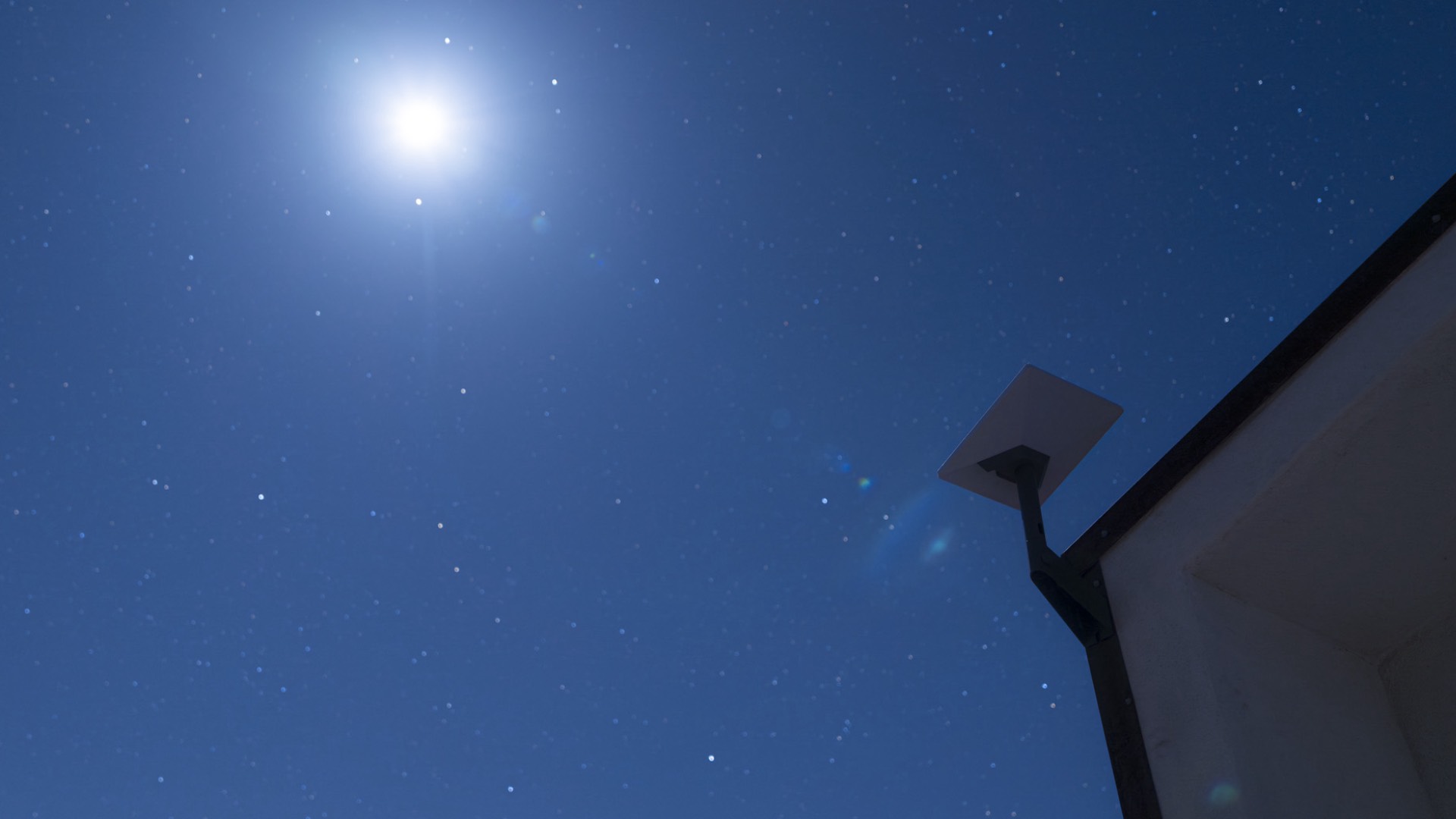
Overview
If you’re located in the western regions of Canada or the USA, you might have been treated to an astonishing light display recently. What many initially perceived as shooting stars or meteorites entering our atmosphere were, in fact, Starlink satellites disintegrating.
The Frequency of Meltdown
According to retired Harvard astrophysicist Jonathan McDowell, approximately two Starlink satellites burn up in the Earth’s atmosphere daily—admittedly alarming, but likely part of a broader strategy. At present, Starlink operates about 8,500 low Earth orbit (LEO) communication satellites, and projections suggest this could escalate significantly.
Ongoing Launches and Predictions
As the satellites operate at lower altitudes, they encounter considerable atmospheric drag, necessitating regular velocity boosts to maintain orbit. Ultimately, these satellites have an operational lifespan of around five years. Starlink aims to launch anywhere between 12,000 and 40,000 satellites over time. Taking an average of 15,000 and calculating an expected five-year lifespan means that about 3,000 satellites could be launched and decommissioned each year, leading to a daily average of eight Starlink satellites burning up.
 A Starlink satellite burning up
(Image credit: Starlink)
A Starlink satellite burning up
(Image credit: Starlink)
In higher orbits, satellites can last longer; however, the low orbit approach favors quicker deorbiting, thus minimizing the risk of incidents like Kessler syndrome, where increased space debris could lead to significant collisions.
While most debris harmlessly burns upon re-entry, forecasts from the Federal Aviation Administration predict that by 2035, one individual might be injured or killed by this satellite debris roughly every two years, with 85% of that debris being Starlink satellites.
Summary
In essence, the next time you see what you think is a shooting star, remember it might just be one of Starlink’s satellites ending its run, contributing to both a spectacular show and an ongoing conversation about space debris and its implications for human safety.
